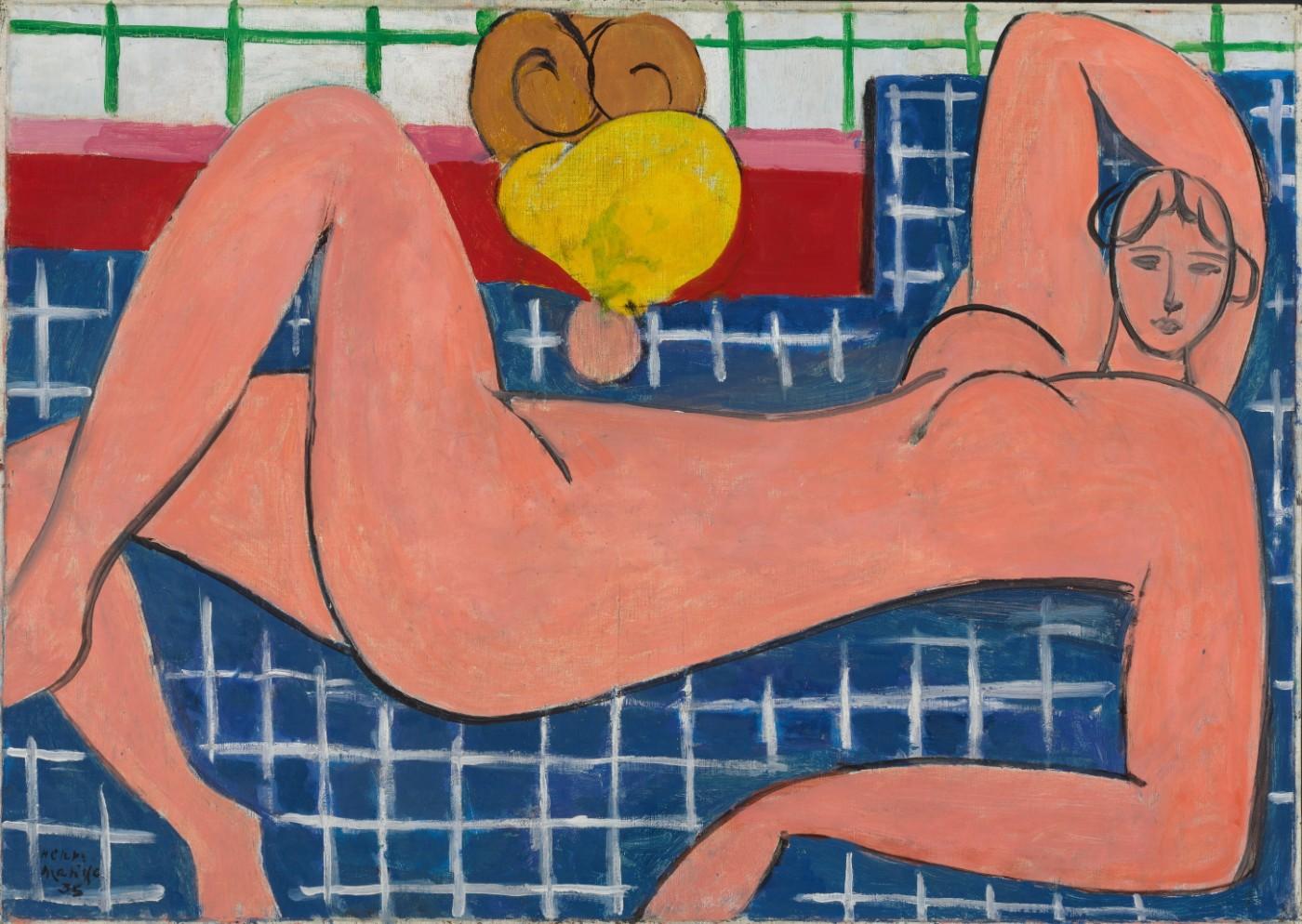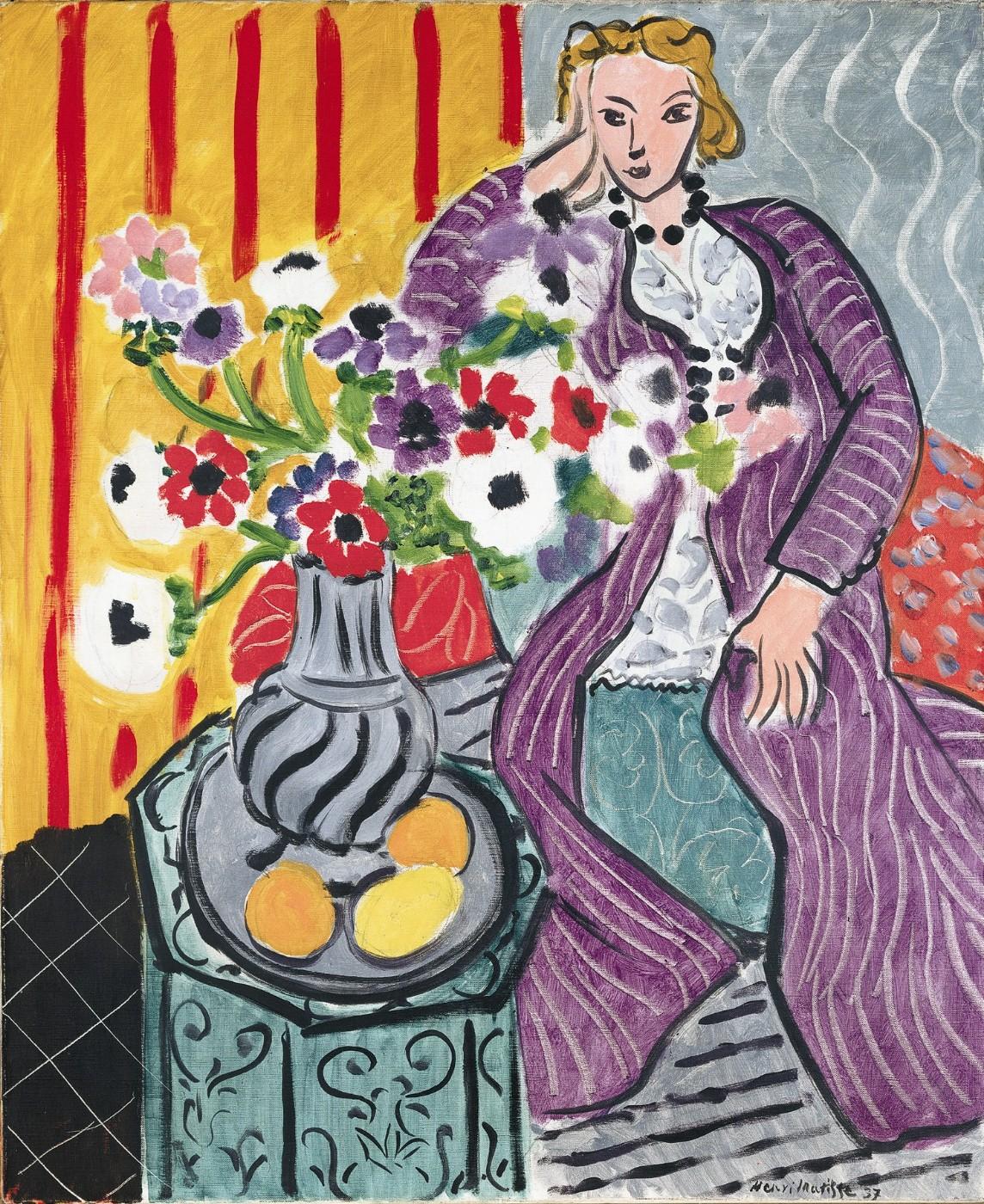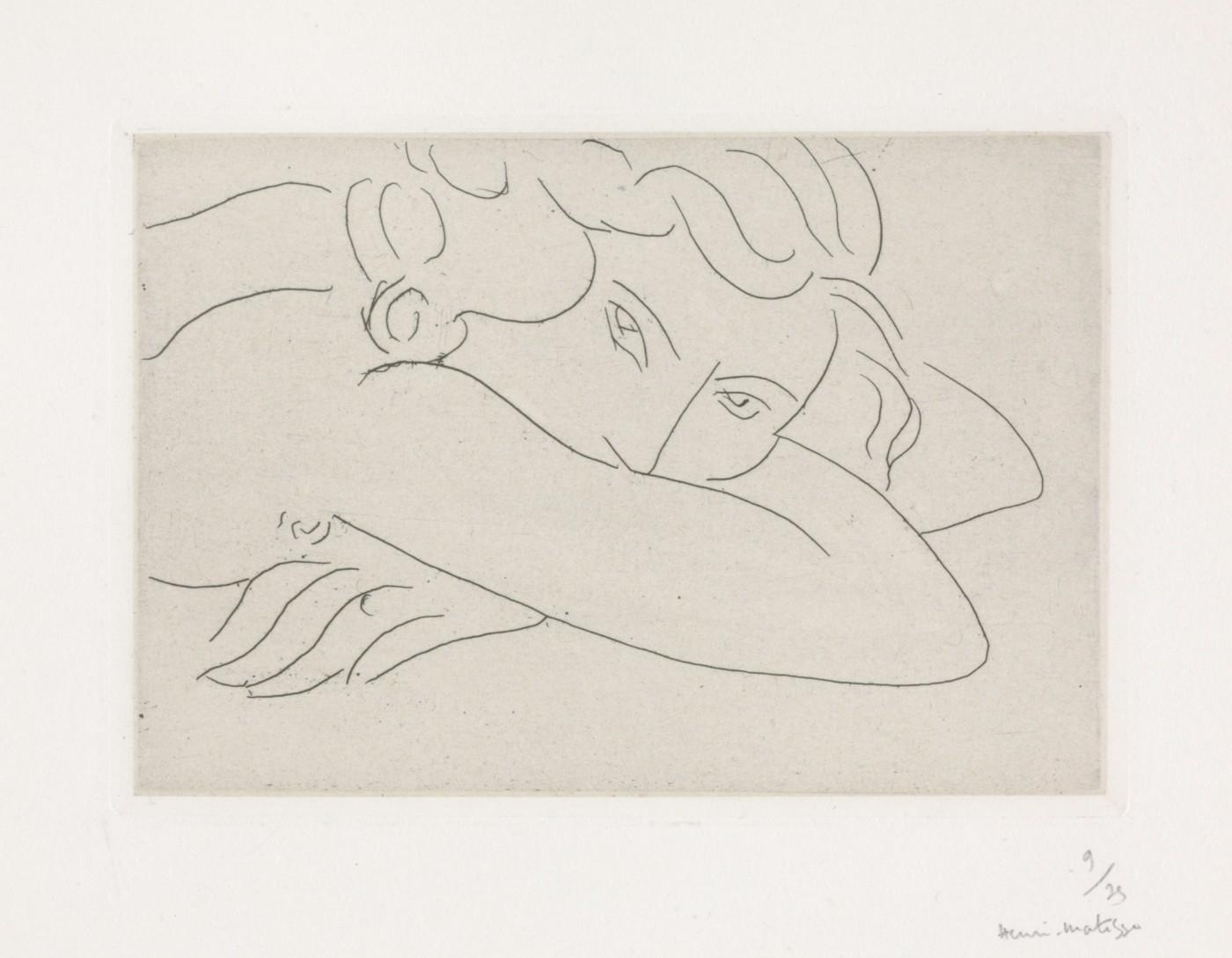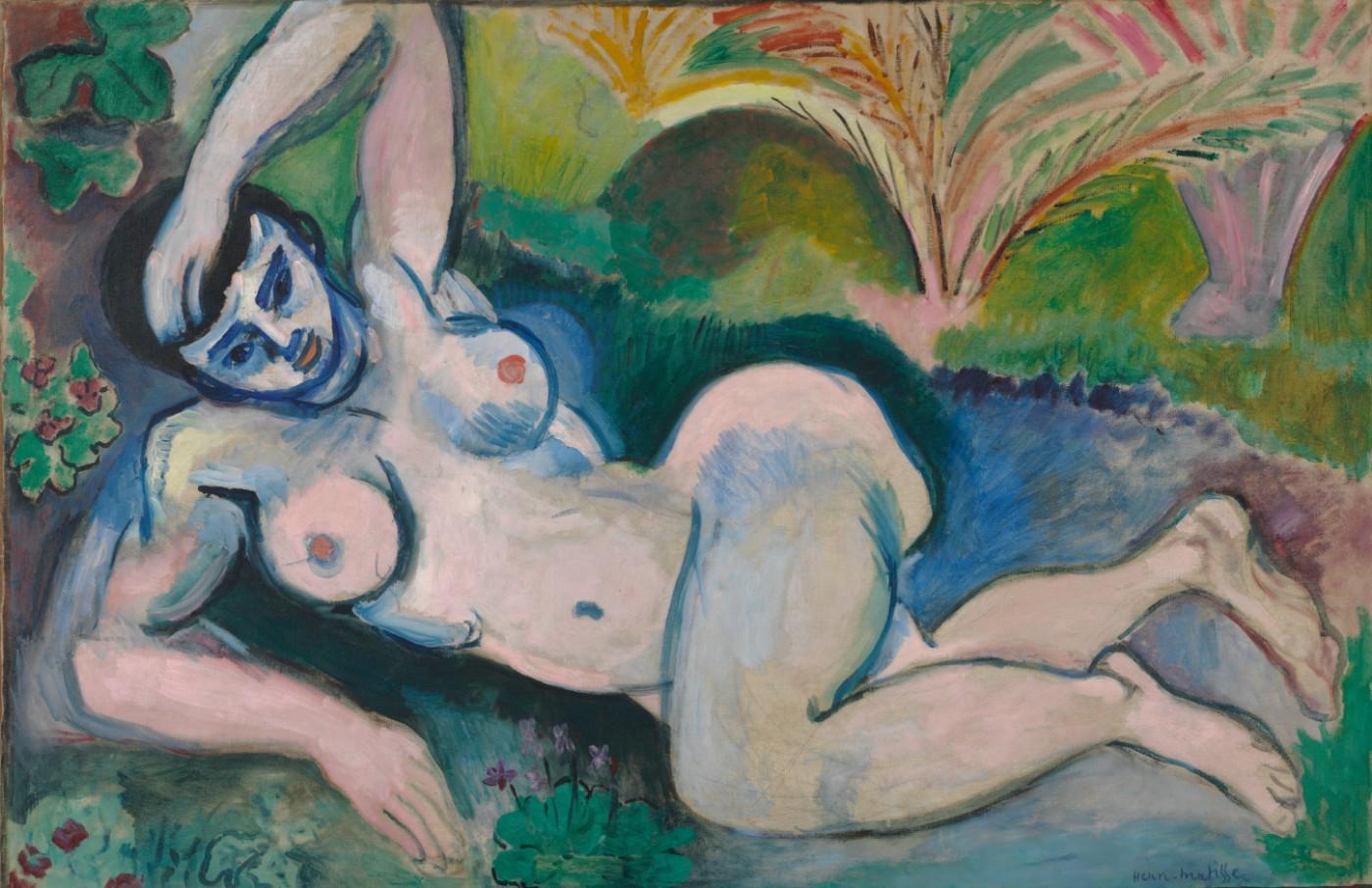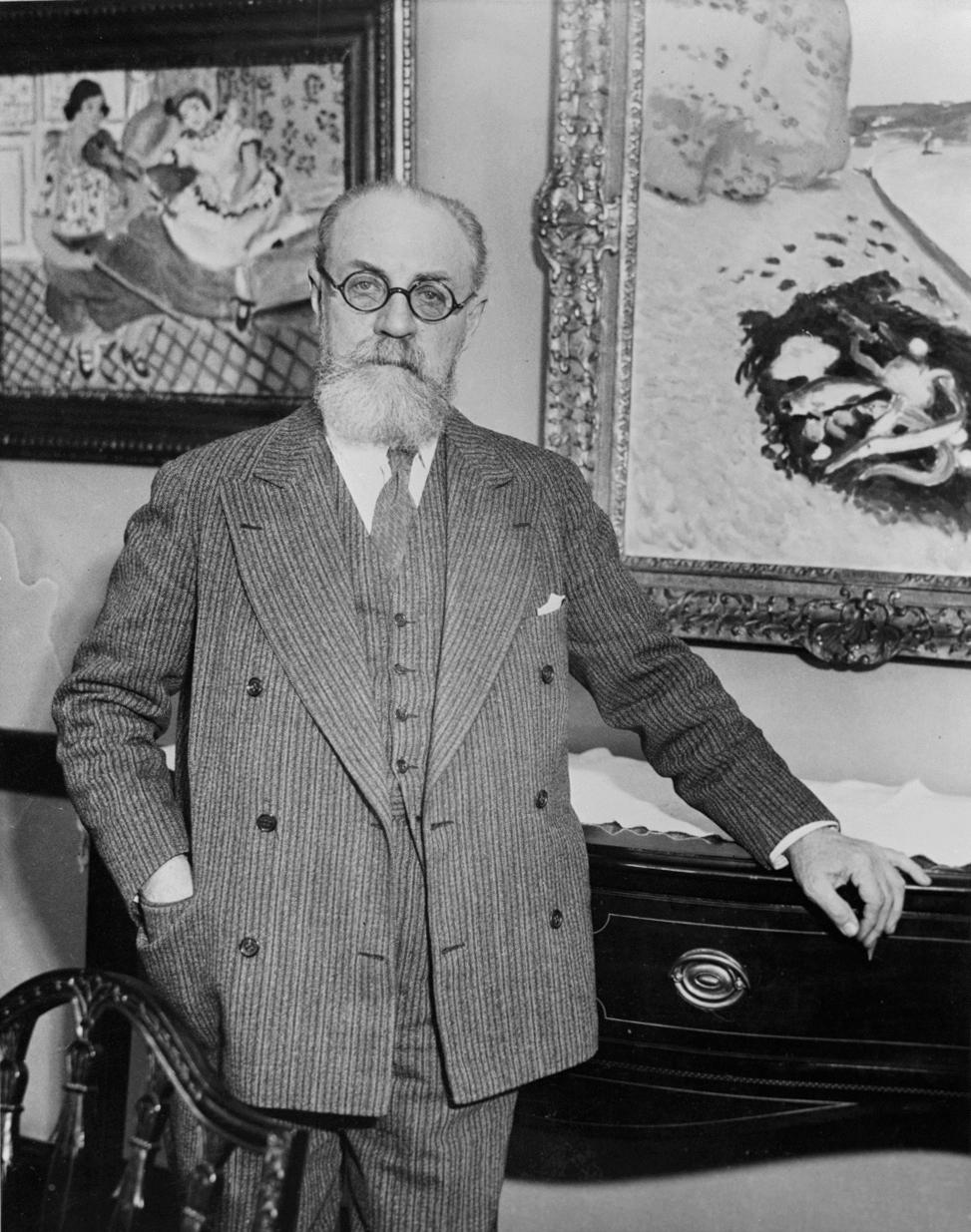Scheduled to open in 2021, the Marder Center will serve as a resource for scholars by providing a setting for research, lectures and symposiums about Matisse, as well as a place to develop exhibits and publications that show the “breadth and depth” of the museum’s Matisse holdings and contribute to academic and public understanding of his work.
The gift will be used to design and build a 3,400-square-foot space within the museum; to digitize and publish portions of the collection, and to establish an endowment for operations.
Matisse, who lived from 1869 to 1954, is considered one of the greatest artists of the 20th century and remains a seminal figure for scholars and artists today. In an interview, Bedford said his goal is to make the Baltimore Museum of Art “the center for Matisse studies worldwide.” He’s looking for it to generate “ideas, essays, books and exhibitions that would have been unimaginable otherwise and are unimaginable to me as we speak.”




